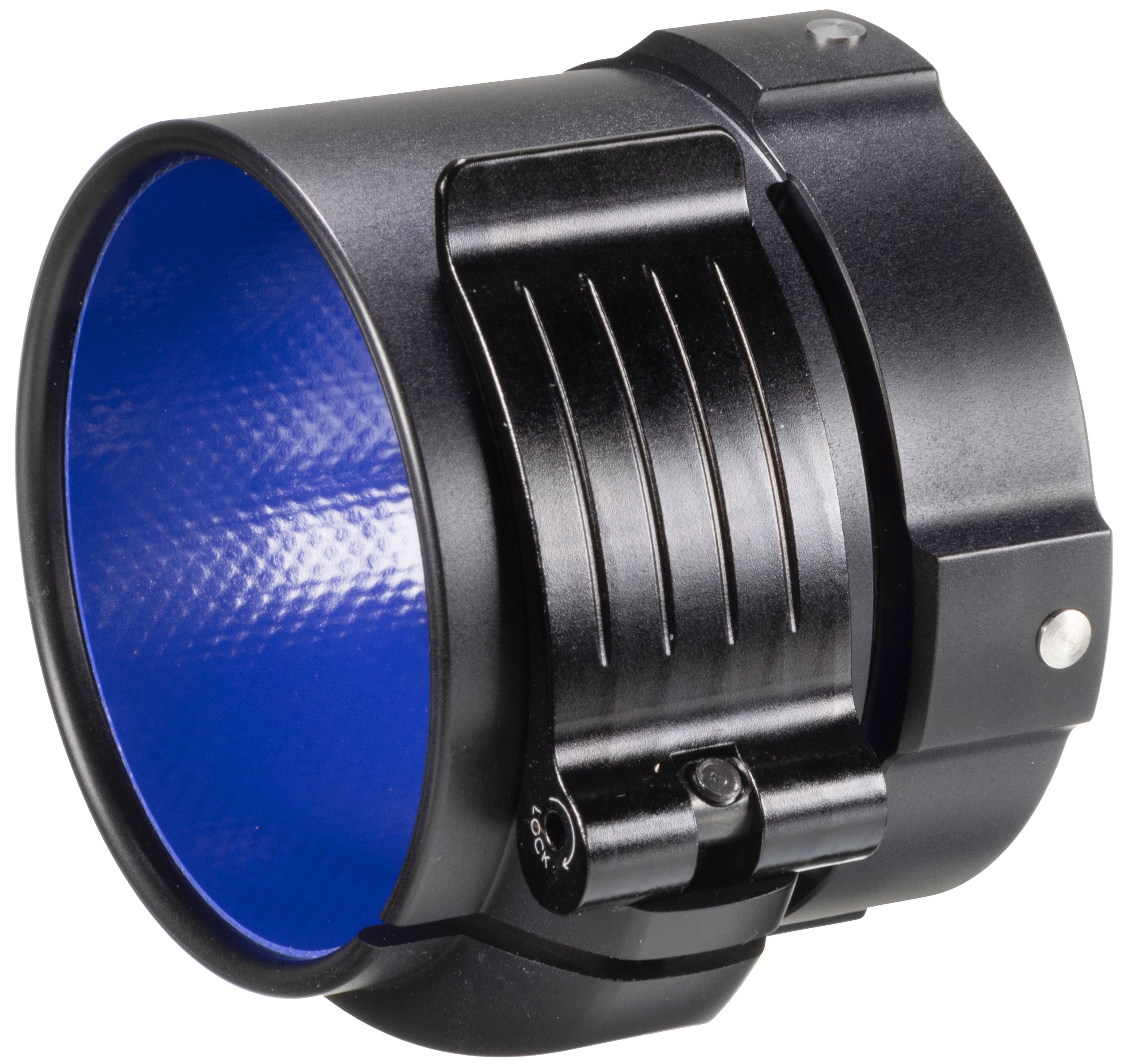

However, recent breakthroughs in ASi technology yielded higher NETD and performance levels, so that – for consumers and low end professional markets – VOx and ASi technologies are today very close. ASi is generally more affordable, stable and tends to maintain its sensibility for longer, more than 15 years. Comparing both technologies, it comes out that VOx is more mature, generally offering excellent sensibility, reliability and lower noise, which means better dynamic range.

Obtaining VOx sensors and cameras outside the US was very difficult at the time, and therefore Amorphous Silicon (ASi) technology was developed in Europe to supply the demand for thermal imaging cameras and sensors in the early ‘90s. Vanadium Oxide uncooled sensor technology was developed in the late seventies in USA, mostly for military use. Since the Krypton follows the launch of the Thermion XG50 3-24x42 thermal imaging hunting riflescope in the USA last September, with remarkaby close specs, it is reasonable to assume that the VOx uncooled microbolometer sensor is from the same manufacturer, BAE Systems.īefore we delve into the Pulsar Krypton FXG50 review, let’s take a look at VOx technology. The Krypton FXG50 features a brand new, US-made VOx - Vanadium Oxide - full frame rate (50hz) sensor, with a resolution of 640x480 pixels and 12 µm pixel pitch. The Krypton is available in two versions, XG50 and FXG50, that differ only for the inclusion in the XG50 of a monocular attachment that turns the clip-on thermal sight attachment in a fully functional hand-held thermal observation monocular with a 5x native magnification the FXG50 includes instead an adaptor for 42 mm, 50 mm or 55 mm daytime riflescope objective bell diameters. FXG50 Thermal Imaging clip-on attachment is the first such optic built by theĮuropean manufacturer featuring a US-built, full featured and high resolution


 0 kommentar(er)
0 kommentar(er)
